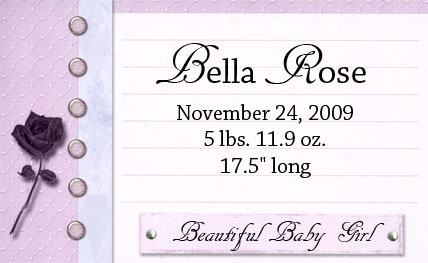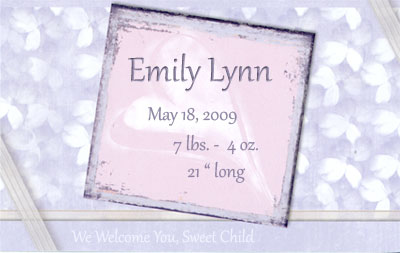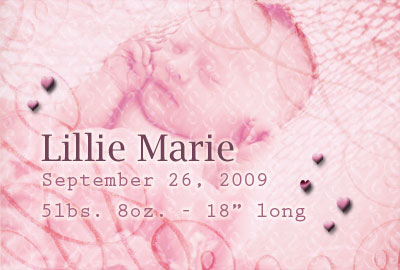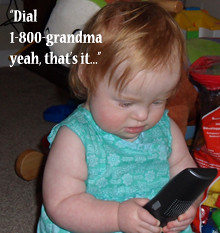
Parents look forward to hearing that first word... “dada” or perhaps “mama”. And when it comes, we are thrilled because we know that our child has connected words to objects, and that the rest of our spoken language is just a matter of time. But it is important to remember that speech is just one component of communication, and usually the last piece to be mastered.
The first communications between mom and baby begin at birth with cries, rooting, facial expressions, and eye contact (and maybe even before birth since we know that a newborn can recognize his mother's voice). While these first methods of communication come naturally, for babies with Down syndrome the presentation might be fainter or appear later than expected. For example, the smile is one of the first communication signals a baby gives us and it is important to realize that babies with Ds might smile later, less frequently, and less boldly than other children. The difference between a parent’s expectations and a baby’s skills can disrupt the mom’s ability to interpret her baby’s signals, making it harder for a harmonious relationship to develop.
What’s a Mom To DoLike we do with all new love relationships, spend time studying your baby’s expressions and movements. Become sensitive to whatever communiques your baby is giving and respond to them accordingly with both words and gestures. It won’t be long before your baby figures out that he is the cause of these positive results. And so begins what we call “communicative intent”, using communication with the intention of affecting the environment.
Irene Johansson, author of “
Language Development in Children with Special Needs”, suggests tactile intervention in the form of newborn massage several times a day. This provides the opportunity for the caregiver to communicate with the baby while the baby is experiencing a physical stimulation that heightens his awareness.
Requesting/ProtestingIt is imperative to encourage a baby’s desire to communicate. The best way to do this is to be very responsive to him when he initiates any of the natural communiques of requesting and protesting. Don’t let him cry it out or make him wait if you can help it. Reward him with a smile, caress, or song whenever he is looking at you, kicking his feet or reaching out. Don’t worry about spoiling your baby by always giving quick and direct feedback. You cannot spoil a newborn with too much responsiveness or attention. And patience is a virtue that can be practiced after your child learns that communication is power.
Gazing
Babies learn a lot about communicating by watching you do it. Research has shown that babies are predisposed to face watching. You can encourage your baby to look at you by keeping him close to eye-level in a carrier, or in a babyseat that is up on a table. If your baby doesn’t have the strength or coordination to watch you, hold her in a position that gives good support to her head and neck. While you are gazing at each other imitate any facial movements she makes, or stimulate her by making noises and expressions. Babies with Ds initiate less often, so take the lead and start a “conversation” whenever you get the chance.
Turn takingAnother important part of communicating is taking turns. You can work on this with your baby by pausing while speaking to him, as if you were listening to his response. You can also practice turn taking by shaking a rattle and then helping your baby to shake his rattle, back and forth several times. This builds the expectation of response, teaching your baby that communication results in response, or rather having your needs and wants met in some way.
Performative CommunicationPerformative communication is defined as the “speaker’s” deliberate, conscious, and goal-oriented use of communication (speech, signing, picture cards, body language, etc.)(Snyder 1978). Irene Johansson’s book is a week by week program for providing your baby with communication intervention that begins at birth. She makes a great case for why you would want to use her model (which incorporates massage, structured sounds, movement, and more) to help your baby develop strong communication skills.
I did not have this book when Summer was a newborn, and it wouldn’t have mattered because I do not have the discipline to follow such a structured program. However, that said, I have used some of the suggested program for the last year, and believe that for a caregiver who can do it, there would be worthwhile benefit.
Your TurnHave you posted about a communication topic? Let me know and I will link to you.
To Love Endlessly:
CommunicationFace the Sunshine:
Sign on...Picture credit: Marissa from
To Love EndlesslyJohn Michael from
Monkey Musings
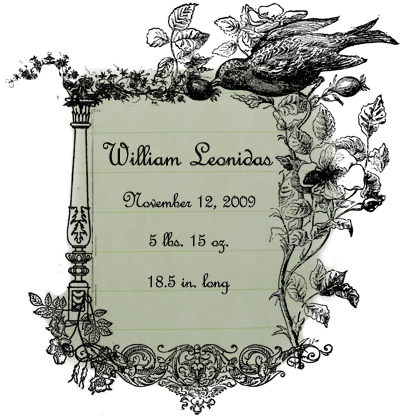
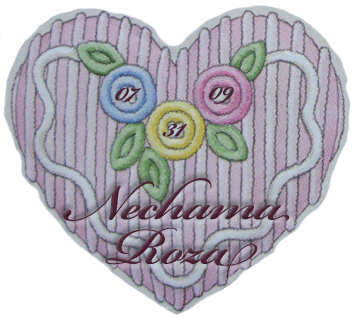
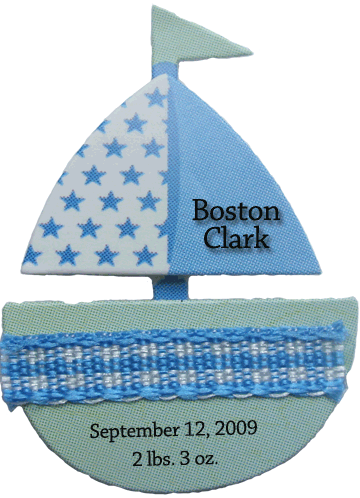
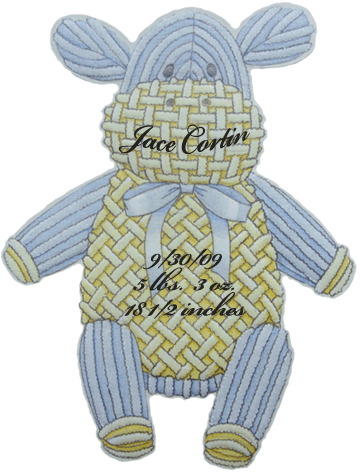
 Parents look forward to hearing that first word... “dada” or perhaps “mama”. And when it comes, we are thrilled because we know that our child has connected words to objects, and that the rest of our spoken language is just a matter of time. But it is important to remember that speech is just one component of communication, and usually the last piece to be mastered.
Parents look forward to hearing that first word... “dada” or perhaps “mama”. And when it comes, we are thrilled because we know that our child has connected words to objects, and that the rest of our spoken language is just a matter of time. But it is important to remember that speech is just one component of communication, and usually the last piece to be mastered. Babies learn a lot about communicating by watching you do it. Research has shown that babies are predisposed to face watching. You can encourage your baby to look at you by keeping him close to eye-level in a carrier, or in a babyseat that is up on a table. If your baby doesn’t have the strength or coordination to watch you, hold her in a position that gives good support to her head and neck. While you are gazing at each other imitate any facial movements she makes, or stimulate her by making noises and expressions. Babies with Ds initiate less often, so take the lead and start a “conversation” whenever you get the chance.
Babies learn a lot about communicating by watching you do it. Research has shown that babies are predisposed to face watching. You can encourage your baby to look at you by keeping him close to eye-level in a carrier, or in a babyseat that is up on a table. If your baby doesn’t have the strength or coordination to watch you, hold her in a position that gives good support to her head and neck. While you are gazing at each other imitate any facial movements she makes, or stimulate her by making noises and expressions. Babies with Ds initiate less often, so take the lead and start a “conversation” whenever you get the chance. 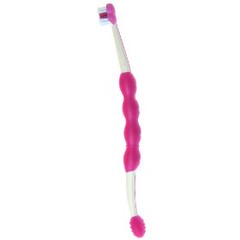 Once your baby’s teeth start arriving, sometimes molars first as was the case with Summer, you should brush them after meals and bottles. (Uh huh, fun fun.) There are lots of baby toothbrushes out there to choose from. Our pediatric dentist recommends the
Once your baby’s teeth start arriving, sometimes molars first as was the case with Summer, you should brush them after meals and bottles. (Uh huh, fun fun.) There are lots of baby toothbrushes out there to choose from. Our pediatric dentist recommends the 